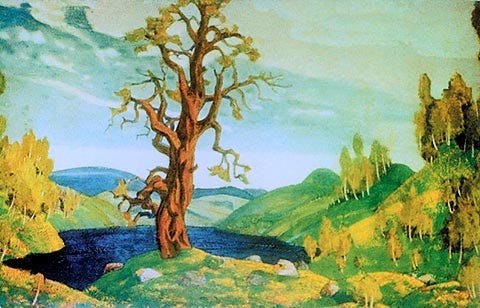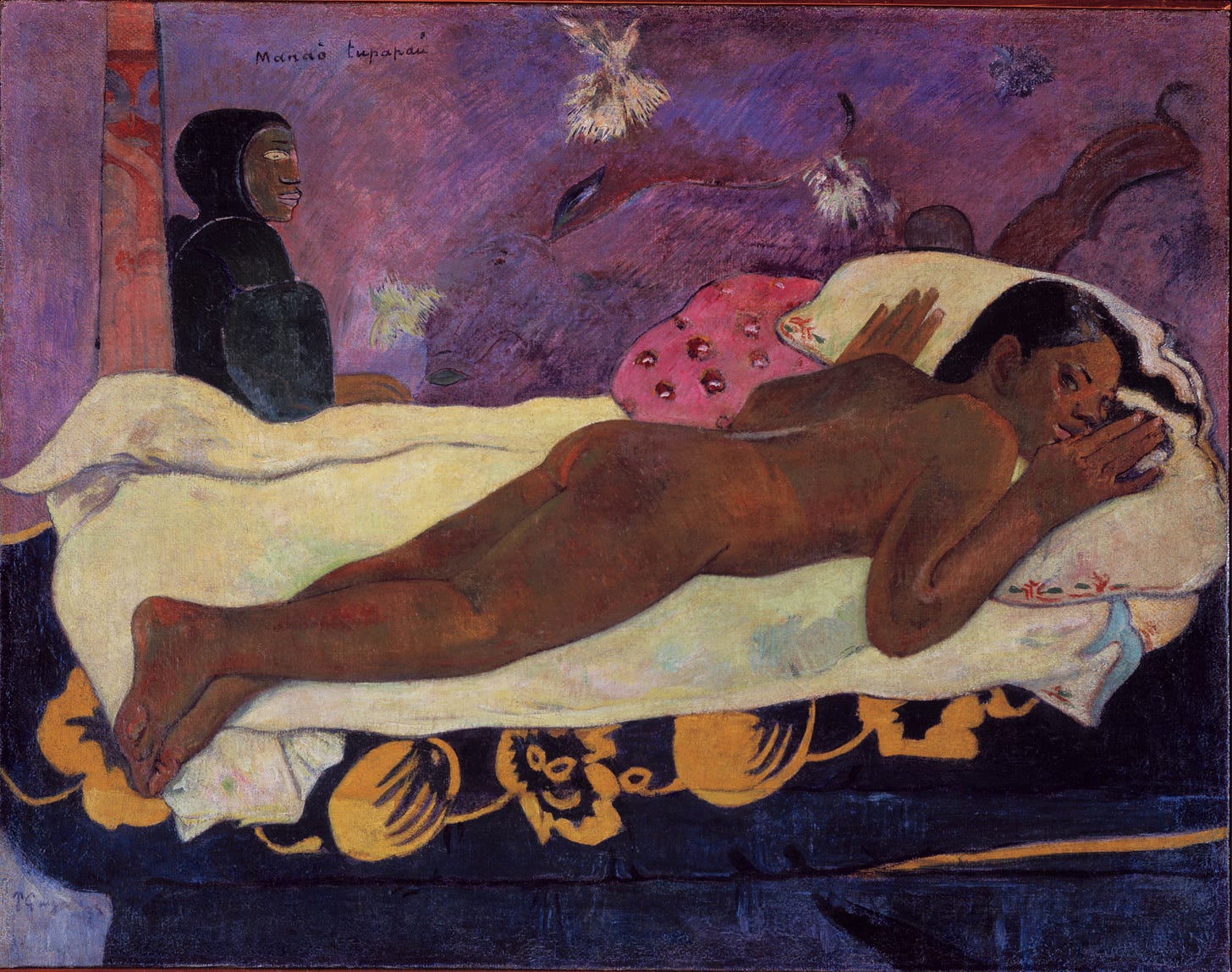A Critical Theory of Cultural Subversion
Ouroboros.
Critical theory was created by Jews: Marcuse, Adorno, Horkheimer, Fromm, Benjamin. However, the inverse is also true: critical theory pre-dated and created Judaism. Judaism is a product of critical theory.
Critical theory is anything which “reveals, critiques, and challenges power structures.” Judaism is full of rebellious archetypes. Noah revolts against the world, Lot is the black sheep in Sodom, Abraham rebels against the Gods of his father Terah, Jacob revolts against the law of primogeniture, Joseph is the black sheep among his brothers, Moses revolts against the Egyptian culture he was raised in, and David revolts against Saul. They are all underdogs who subvert the values of the existing power structure, not through physical strength, but by an outsider challenging the established hierarchy.
Colloquially, “modern art” or “post-modern art,” attacks, deconstructs, subverts, responds to, or undermines some previous tradition. In this vein, modern art can be considered the “critical practice” which accompanies “critical theory.” Modern art is considered to have come about at some point in the 19th century. Stravinsky’s The Rite of Spring (1913) was, at the time, considered “avant-garde,” and might be considered as the first “modern music.”
However, there is no “fine line” between pre-modern and modern, and “critical theory” pre-dates the invention of the term. Pre-modern critical theorists include Zoroaster, Buddha, Plato, Paul, Gregory VII, William of Ockham, John Ball, Francesco Petrarca, Giordano Bruno, Bacon, Gibbon, and Bruno Bauer. Each of these theorists critiqued the power structure of their time by challenging established power structures.
Prior to “modern art,” the Romantics rebelled against the stoic and religiously-centered art of their time to depict natural or pastoral scenes. This developed out of an earlier style of Dutch Italianate painting. Prior to the Italianate style, the Renaissance represented an artistic revolution and departure from the strictly-traditional style of Byzantine iconography.
Part of the difficulty of understanding the revolutionary nature of pre-modern thinkers and artists has to do with western chronology:
A primitive, eternal democracy (once called noble savagery, then primitive communism) which is referred to as “indigenous culture.” Indigenous culture is eternal, timeless, beyond good or evil, and at harmony with the natural world. Indigenous culture is beyond reproach or criticism. All critical theory is an attempt to destroy non-indigenous culture to allow for the return of indigenous culture. For conservatives, this is the “nasty, brutish, and short” period described by Hobbes.
The rise of civilization. Terence McKenna popularized the idea that indigenous Europeans were matriarchal, peace loving, worshipped mother earth, and were perpetually stoned. They were invaded by a patriarchal warband, which destroyed this hippie fest, which historians would identify as the Indo-Europeans, between 8000 BC and 3000 BC.
The classical period. Liberals cannot agree on whether the Greeks were good or evil, and often contradict themselves. Some liberals imagine the ancient Greeks as progressive African homosexuals, while others cower at the horror of Plato’s eugenics and Spartan violence. Greek Neo-pagans tend to imagine Greek mythology to be trans friendly. On the other hand, Donna Zuckerberg admits that “ancient racism and sexism” existed.
The fall of Rome (476), Christianity, and the dark ages. This was the evil time when homosexuality was outlawed, women were subjugated, and Jews were ghettoized.
The Renaissance, or the founding of the Lombard Bankers.1
The Enlightenment, or the beginning of religious freedom.2
Industrial capitalism, or the worst thing since the dark ages.
Political Modernism, including communism, socialism, atheism, and democracy.
The leftist theory of history is horseshoe shaped, in that indigenous culture is considered to be ideal, and the rise of civilization introduced evils like slavery and hierarchy, which political modernism is meant to destroy. This horseshoe shape is inherited from Christianity, which portrays the Garden of Eden as perfect, the rise of Babel and days of Noah as a period of corruption, and the second coming of Christ as the re-creation of paradise.
The right wing imagines the same horseshoe, but inverted. Hobbesian primitivism is ridiculed as spear chucking, dirt eating, superstitious, cannibalistic, and uncivilized. Out of this darkness arises the light of civilization, first in Egypt and Sumer, which then spreads to Europe. Greece leads to Rome, Rome leads to Christendom, and then, with the decline of Christianity during the Enlightenment, things start becoming questionable.
Conservatives begin to branch off into neo-reactionaries and constitutionalists on the question of whether the Enlightenment was good or bad. Some defenders of “Enlightened Despotism” approve of the Enlightenment, but hate democracy. During the Civil War, the south did not reverse to monarchism, but claimed to adhere to “the American Republic” and believed themselves to be the true conservatives.
Generally, the right-wing complaint about modern art is that it is “deconstructive.” However, Zoroaster had to construct the Gods of his time, as did Abraham, Plato, and Paul. The period between Paul and Gregory VII, around 950 years in total, was one in which all the religious traditions of Europe were successfully deconstructed in favor of imperial universalism. Gregory VII took this a step further by attacking the spiritual leadership of kings, placing them below priests in his new hierarchy, creating for the first time a separation between church and state.
The developments between Gregory VII and Gibbon were largely revolutions in Christian doctrine. The first European tract against religion in general was the Theophrastus redivivus, published sometime in the 17th century. Matthias Knutzen published the first atheistic writings under his own name in 1674. One of the first popular tracts defending atheism was The System of Nature (1770) by d'Holbach. By 1792, atheism openly took hold of the French state.
Following this period, between 1792 and 1861, atheism was associated exclusively with the left. The end of this period is defined by David Strauss and Bruno Bauer (who were internecine opponents of each other), who both explicitly and openly denied the divinity of Christ and his very existence. Strauss responded to Bauer by labeling him a “right Hegelian” as opposed to a “left Hegelian.” Bauer responded, among other things, by urging Nietzsche to critique Strauss.
The revolution of 1848 represents a turning point in Europe’s religious history. Not only does it represent the birth of Marxism, but also, the turn of atheists toward a reactionary position, towards, racism, away from the left and toward the right.
Wilhelm Marr’s Judenspiegel (1862) successfully combined atheism and biological antisemitism for the first time, and Wagner’s Das Judenthum in der Musik (1869) reinforced this new culture of heterodox antisemitism. Marr’s Sieg des Judenthums über das Germanenthums (1879) became a sensation, and was directly responsible for the birth of political antisemitism. The first antisemitic political party, the Deutsche Reformpartei, was founded in the following year, 1880.
It is no coincidence that the period between 1792 and 1880 entirely encompasses the period in which modern art emerged. This was the period in which Christianity was publicly and openly deconstructed, and new alternatives were proposed and imagined.
The desire of the right to “return to tradition,” a period before “cultural subversion,” sometimes leads to Christianity, and at other times to paganism. But change can only come through more critical theory, more subversion of the current culture. Fire is fought with fire. The only way out is in.
The Avignon Exchange was the first foreign exchange market in 1243.
Providence Plantations, founded in 1636, guaranteed the right to religious freedom.






